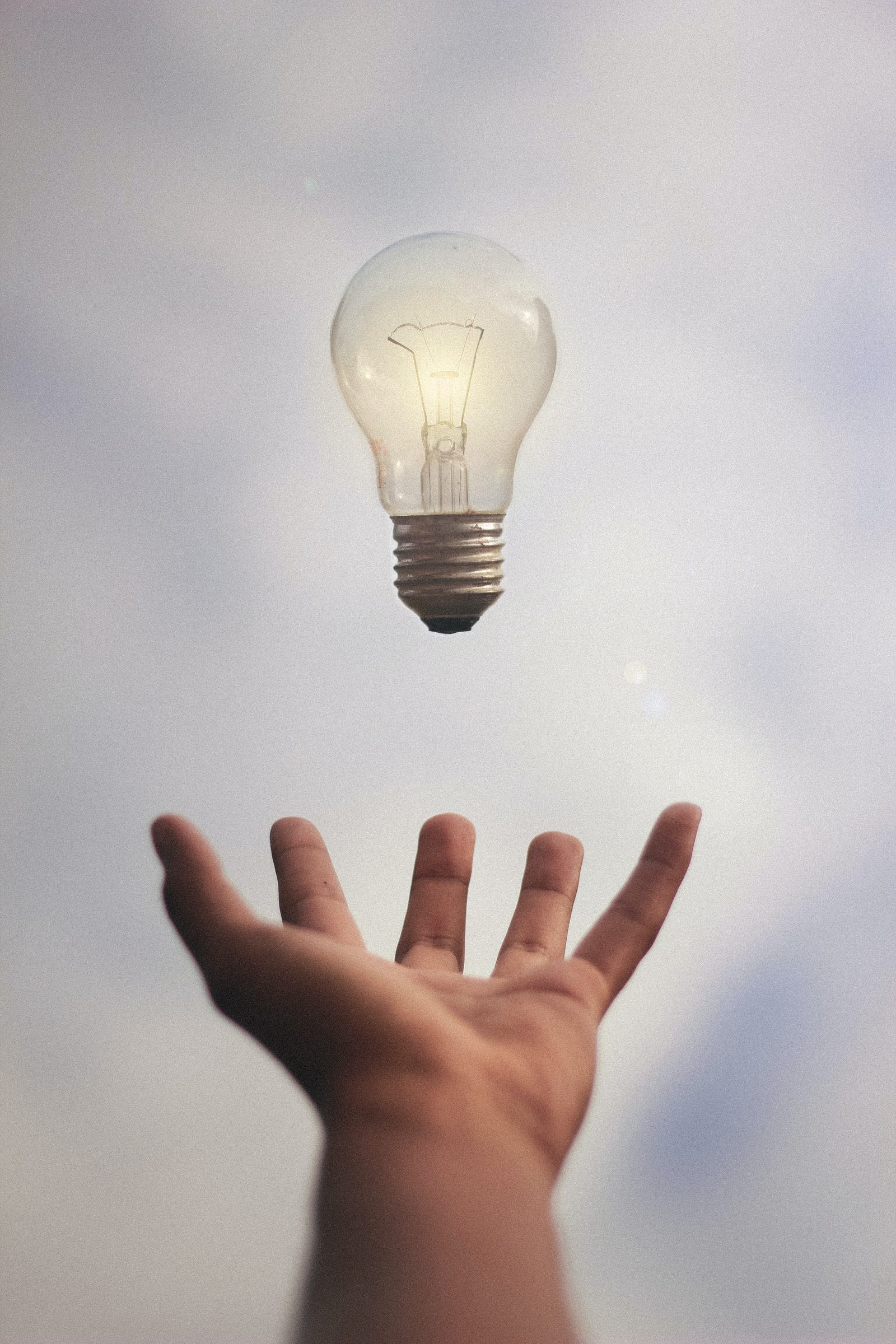AS THE SEASONS CHANGE, SO DO OUR MOODS. For some, winter can bring a cloud of gloom known as seasonal depression. Today, we explore light and joy.
In this essay, we’ll unravel the science behind how timing your light exposure can be a game-changer for combating seasonal depression, making those dark winter days a bit brighter.
“When I was little, I had this science book. There was a section on ‘What would happen to the world if there was no friction?’ Answer: ‘Everything on earth would fly into space from the centrifugal force of revolution.’ That was my mood.”― Haruki Murakami, Dance Dance Dance.
Morning light exposure facilitates happiness. Here’s how to get light, even if mornings aren’t your thing.
Mood
As the seasons change, so does my mood.
I don’t have it as bad as many in the Pacific Northwest of the United States. For some, the arrival of winter can bring a cloud of gloom known as seasonal affective disorder, or SAD.

Fortunately, there’s a powerful ally in the fight against these winter blues — and it’s all about timing your light exposure right.
Imagine a world where the right dose of sunlight could be your secret weapon against the winter slump.
Light
One key to understanding our reaction to winter is our body’s natural clock or circadian rhythm.
Like a symphony of biological processes, our internal clock responds to light, regulating everything from sleep-wake cycles to mood and energy levels.
As winter sets in and daylight hours dwindle, many of us experience a dip in mood and energy.
But fret not — we’re about to explore how strategic exposure to light during specific times of the day can reset your internal clock and elevate your spirits.
Blues
It’s not just about chasing the sun; it’s about harnessing its power at the right moments to banish those winter blues.

So, if you’ve ever felt the winter darkness casting a shadow on your well-being, join me on this enlightening journey.
We’ll delve into practical tips on timing your light exposure and discovering how a little sunshine, strategically embraced, can be a beacon of hope during the darker months.
Reset
One of my first morning tasks is to bathe my eyes with bright light. According to a 2017 Rensselaer Polytechnic Institute (USA) study,
Daytime light exposure can improve sleep health.
Moreover, flooding my eyes with bright light immediately after I awaken is an effective way to dodge seasonal affective disorder.

Light is the strongest synchronizer of circadian rhythms. Light acts through the eyes via the retinohypothalamic tract. The tract is a direct neural pathway from the retina to the brain’s suprachiasmatic nucleus, our central biological clock.
But not everyone is a disciplined morning person. So what should you do?
Habits
Here’s some guidance on how to set a morning light habit, regardless of whether you are a morning lark (like me) or not.
- Get light exposure as early as possible. I will get my light before 8 am, even on non-work days. My wife has a dawn stimulator, an alarm clock with a light that gradually gets lighter. The device simulates sunrise.
- Get outdoor light exposure, if possible. My morning ritual includes a pre-work walk for 30 minutes.
- Use the right light strength of light therapy. First, those taking photosensitizing medications or with significant retinal pathology should not do light therapy (with a device). The “optimal” dose is 30 minutes of intensity exposure to morning light at 10,000 lux. Light therapy is generally well tolerated, with headache, nausea, and agitation being the most common toxicities.

Lux is a measure of illumination. It varies with the distance to the light source.
Here are some representative values: Indoor social lighting is less than 100 lux. Bright office lighting is about 500 lux. My outdoor walks during cloudy days are 5,000 lux (and on sunny days, 50,000 lux or more).
Don’t have a lightbox? Any bright light — as early in the day as possible — can yield benefits.
Final thoughts —Light and joy
Creating and sticking to a morning routine with exposure to natural light is doable, even for those who love hitting the snooze button.
Whether you prefer bringing sunlight into your room or stepping outside to welcome the day, getting sun can boost your mood and make waking up early easier.
Just make sure to wear sunscreen.
Thank you for reading “Light and Joy.”

























